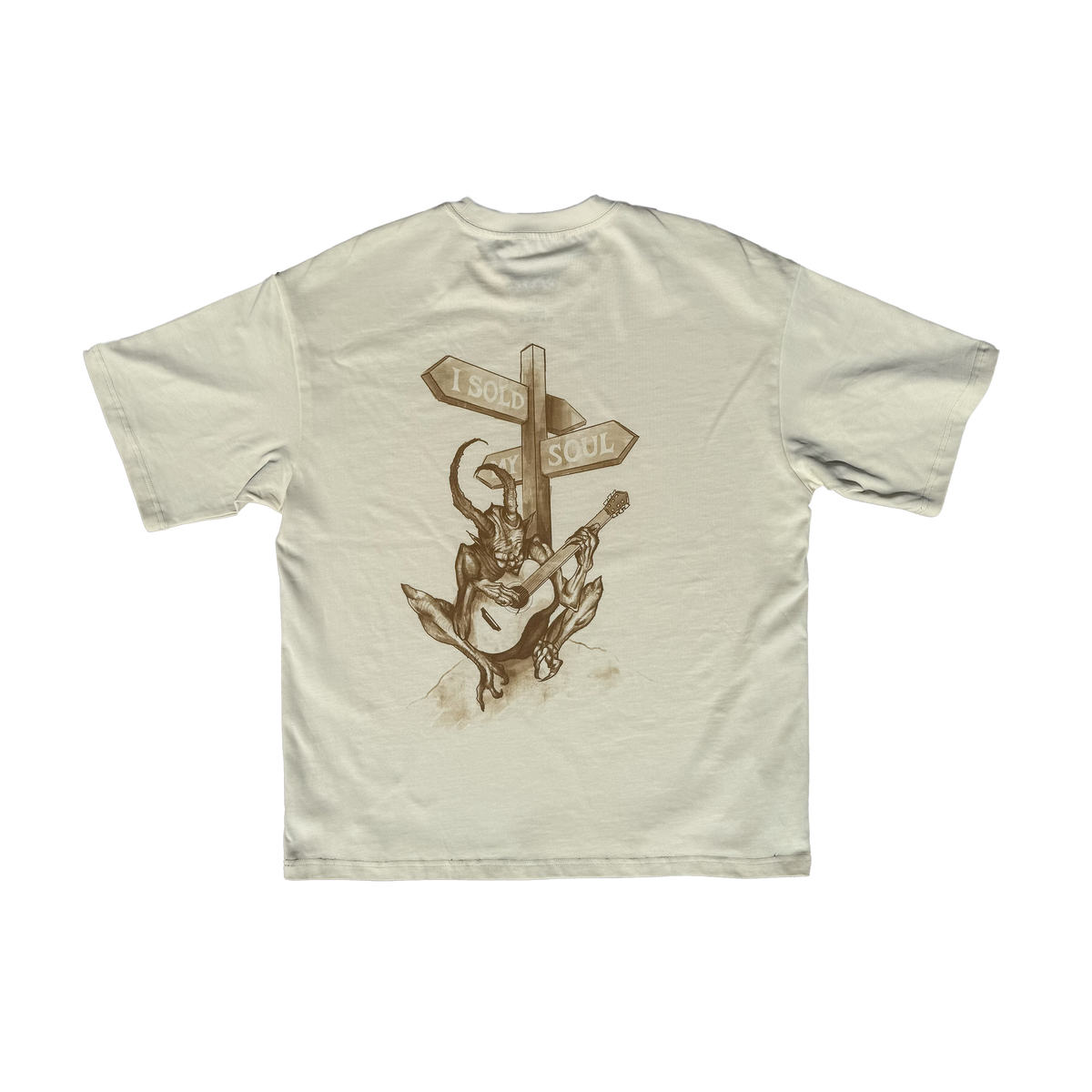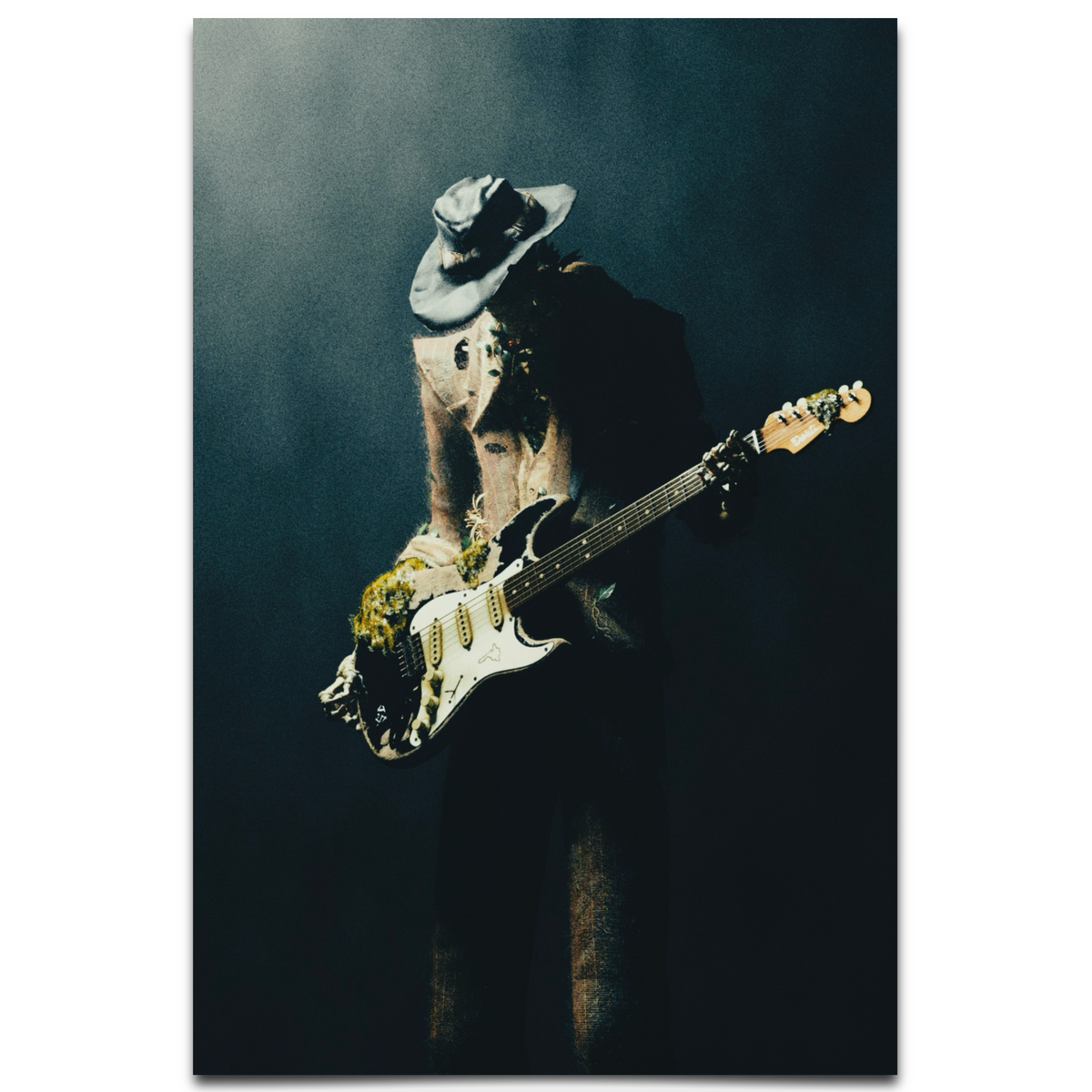The Song That Redefined a Sound
Few voices in the history of American music carry the weight and charisma of Frank Sinatra, a man whose career spanned decades and genres, from big band swing to intimate ballads. By the mid-1960s, Sinatra was already a cultural titan, yet he sought to evolve with a changing musical landscape, blending his signature style with contemporary influences. It was during this transformative period that “My Way,” a song that would become synonymous with his legacy, emerged as a bold statement of individuality and resilience. Released in 1969, the track arrived at a time when Sinatra was reflecting on his storied career and personal struggles, positioning it as both a personal manifesto and a universal anthem. The song, originally adapted from a French composition, was retooled with English lyrics that captured Sinatra’s essence—a blend of defiance, nostalgia, and unapologetic selfhood. What is it about “My Way” that has allowed it to transcend generations, becoming not just a song, but a declaration etched into the fabric of popular culture?
The creation of “My Way” began not with Sinatra, but with French singer-songwriter Claude François, who co-wrote the original 1967 song “Comme d’habitude” with Gilles Thibaut and Jacques Revaux. The melody caught the attention of Canadian songwriter Paul Anka, who was in Paris and heard the track, immediately seeing potential for an English adaptation. Anka rewrote the lyrics entirely, crafting a narrative of personal reflection and autonomy tailored specifically for Sinatra, whom he envisioned singing it. He penned the words in a single night, fueled by a sense of urgency to capture Sinatra’s persona, and presented it to him soon after. Sinatra recorded the song on December 30, 1968, at United Recording Studios in Hollywood, under the guidance of producer Sonny Burke and arranger Don Costa, whose lush orchestration amplified the emotional gravitas of Anka’s lyrics. The recording process was swift yet meticulous, with Sinatra delivering a vocal performance that balanced vulnerability and strength, cementing the track as a pinnacle of his later career.
"I think if you live long enough, you become that song. And that song is me."
Inspiration, Emotion, and the Spark of Creation
At its emotional core, “My Way” is a meditation on life’s journey—its triumphs, regrets, and the resolve to stand by one’s choices. Paul Anka’s lyrics were inspired by Sinatra’s public persona as a man who had weathered personal and professional storms, from high-profile divorces to career reinventions, always emerging on his own terms. The song’s narrative voice reflects a seasoned perspective, looking back with both pride and melancholy, a sentiment that resonated deeply with Sinatra as he entered his fifties. Musically, Don Costa’s arrangement builds from a gentle, reflective opening to a soaring, triumphant crescendo, mirroring the lyrical arc of overcoming adversity. The sweeping strings and bold brass sections evoke a cinematic quality, underscoring the grandeur of a life fully lived. This interplay of lyrics and orchestration captures a universal longing for self-definition, making the song feel both intimately personal and expansively relatable. Lesser-known is the fact that Sinatra initially had reservations about recording it, finding the lyrics somewhat self-aggrandizing, but he ultimately embraced the challenge, infusing it with an authenticity that only he could provide. This duality—between doubt and conviction—adds another layer to the song’s enduring emotional pull.
When a Track Becomes a Movement
Upon its release in March 1969 as the title track of Sinatra’s album My Way, the song received widespread acclaim and quickly became a cultural touchstone. It peaked at No. 27 on the Billboard Hot 100, a modest chart position compared to some of Sinatra’s earlier hits, but its impact far exceeded numbers, dominating airplay and resonating with audiences worldwide. Critics praised Sinatra’s raw, lived-in delivery, with Variety calling it “a powerful summation of a remarkable career.” The song struck a chord during a period of social upheaval, as the late 1960s saw individuals grappling with identity and autonomy amidst political and cultural shifts, turning “My Way” into an anthem of personal empowerment. It was embraced across generations, from older fans who connected with its reflective tone to younger listeners who saw it as a call to forge their own paths. Its immediate influence cemented Sinatra’s relevance in a new era, proving that his voice could still command the zeitgeist.
What We Miss Between the Lines
Delving into the musical and lyrical architecture of “My Way,” one finds a masterclass in emotional storytelling through both composition and performance. The song’s structure follows a classic ballad form, but Costa’s arrangement introduces dynamic swells that elevate key lyrical moments, such as the climactic declaration, “I did it my way,” where the orchestration surges to match Sinatra’s vocal intensity. Lyrically, Anka employs a conversational tone, using simple yet evocative language to paint a life of autonomy—lines like “I’ve lived a life that’s full” carry a weight of experience that feels both confessional and universal. The gradual build in tempo and instrumentation mirrors the narrative progression from reflection to resolution, a subtle but effective choice that amplifies the song’s emotional stakes. Sinatra’s phrasing, with its signature pauses and inflections, adds a layer of introspection, turning each word into a lived memory. For musicians, the track offers a lesson in restraint and release, balancing minimalistic verses with orchestral grandeur to create a timeless sonic journey.
- Release Date: March 1969
- Producer: Sonny Burke
- Chart Peak: No. 27 on Billboard Hot 100
- Notable Lyric: “And now, the end is near, and so I face the final curtain”
- Instrumentation: Full orchestra with strings, brass, and subtle piano undertones
- Recording Location: United Recording Studios, Hollywood, California
Why This Song Still Matters
More than five decades after its release, “My Way” remains an indelible part of Frank Sinatra’s legacy and a cultural artifact of extraordinary resonance. It has been covered by countless artists, from Elvis Presley to Sid Vicious, each reinterpretation highlighting the song’s adaptability to diverse emotional and artistic contexts. Its presence in films, television, and even karaoke bars worldwide speaks to its universal appeal, often serving as a backdrop to moments of personal triumph or farewell. Modern artists and critics frequently cite it as a benchmark for vocal performance and lyrical honesty, with figures like Bono referencing its influence on their own work in interviews with Rolling Stone. The song’s message of self-determination continues to inspire, resonating in an era where individuality is both celebrated and challenged. Its enduring power lies in its ability to speak to the human condition—our desire to reflect on life’s choices with both pride and humility. As long as listeners seek connection through music, “My Way” will stand as a testament to the strength of living authentically, a reminder of Sinatra’s unparalleled ability to transform a song into a mirror of the soul.
























